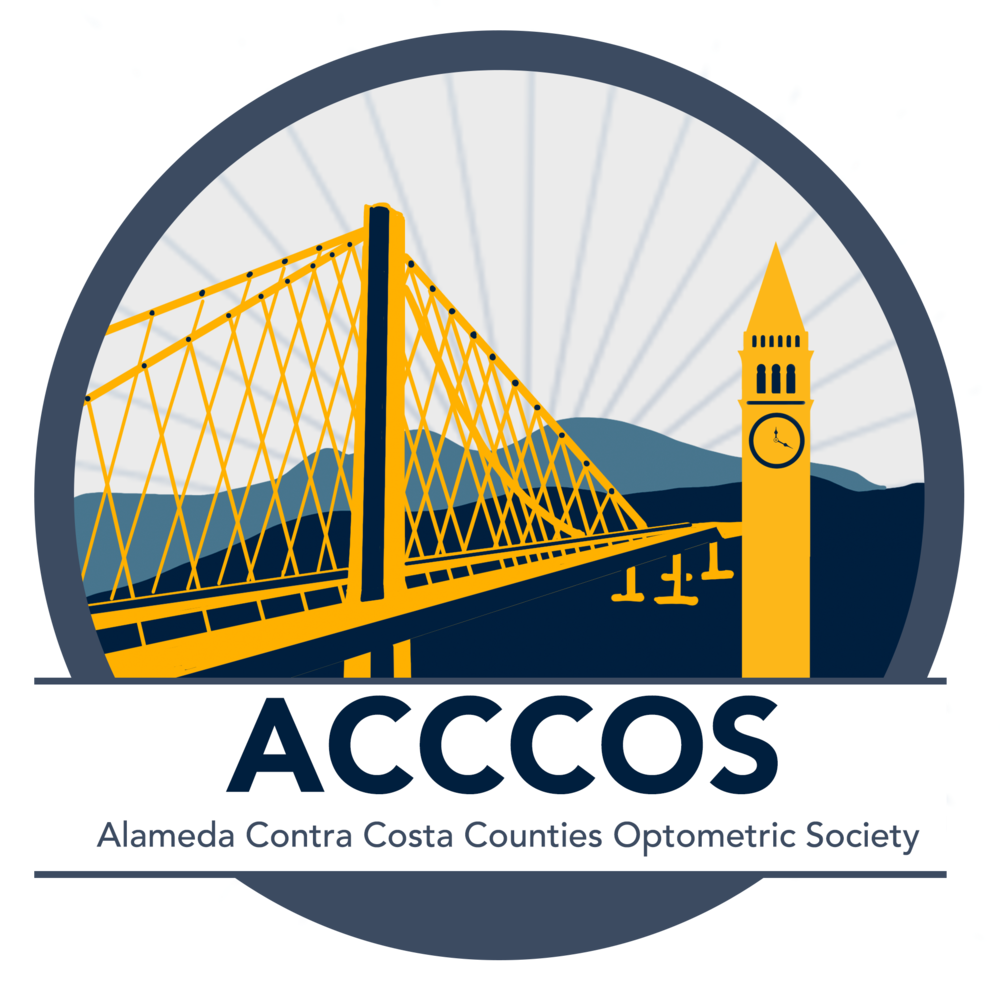The Pediatric Eye Disease Investigator Group (PEDIG) is conducting a new Amblyopia Study at Berkeley Optometry, and your assistance is needed!
Amblyopia is the most common cause of monocular visual impairment in children.
The choice of a sequential approach versus a simultaneous approach to “optical treatment (glasses) plus patching treatment” remains unresolved, with some existing data supporting one approach and some data supporting the other.
This unresolved controversy results in a dichotomy of current clinical practice, with some care providers favoring one approach and others favoring the opposite approach. In addition, the influence of adherence to patching on treatment response is not well understood.
The Pediatric Eye Disease Investigator Group (PEDIG) is conducting a clinical trial to evaluate if treating amblyopia with glasses and patching at the same time improves vision as well as treating amblyopia first with glasses and then with patching, if needed.
Study Specifics
Children must be between 3 to < 13 years old
Visual acuity in the amblyopic eye must be between 20/40 and 20/200
Random assignment to either:
Sequential treatment: full-time glasses first, with subsequent patching for 2 hours per day/7 days per week if there is no further improvement in amblyopic eye visual acuity with glasses alone and there is residual amblyopia, OR
Simultaneous treatment: full-time glasses and part-time patching for 2 hours per day/7 days per week
Follow-up visits every 8 weeks for 56 weeks
The parent of the participant will be compensated $40 for each completed visit (up to $400).
Spectacles are covered
No previous treatment for amblyopia is allowed, including glasses or contact lenses.
See Parent Brochure and Flyer
Contact: Protocol PI: Jen Fisher, Site PI: Debora Lee UCBpedig@gmail.com
